In July I posted Elizabethan Oaks about the ancient oak trees of Hatfield Park, which prompted comments recommending Staverton Thicks, a dense, primeval woodland with the oldest oaks in East Anglia. I was intrigued. I’d not heard of it before.
In early September we went up to Butley in Suffolk. I’d discovered a leaflet, Pub Walks 05, published by Suffolk Coast & Heaths Area of Outstanding Natural Beauty, in partnership with Adnams, that showed a couple of local routes, one of which went through Staverton Thicks. It sounded promising.
The first leg took us through an old farmyard with the abandoned remains of steam traction engines, down Sandlings Way alongside potato fields and by Wantisden lakes to the edge of Staverton Park.
I really should have known about this place. There was no excuse. I had a book by my bedside with a whole chapter devoted to it. Gossip From The Forest by Sara Maitland is a year’s journey through British forests and in August she arrived at Staverton Thicks. I just hadn’t read that chapter yet.
The oak woods at Staverton are the forests of childhood, the forests of dreams. Here perhaps more than anywhere else I have ever been, the forest of the imagination materialises, becomes actual; here perhaps more than anywhere else I have ever been, a smallish piece of ancient deciduous woodland opens into the world of magic, the place of fairy story that we inhabited as children and lost, I had thought, for ever.
Staverton contains over 4,000 ancient oak pollards, some certainly at least four hundred years old. Many of the trees are ‘stag headed’, reaching out gnarled naked limbs above their green crowns. These ‘antlers’ are signs of age, but not of disease or decay…Many of the oaks at Staverton, still in good health, are hollow, or have huge branches drooping to the ground and re-rooting themselves in the damp leaf mould.
Close around the oaks, and even growing inside their hollowed trunks, there are holly trees which seem to be both hugging and strangling their hosts. Some of these hollies are among the largest in Britain, up to 70 feet (20 metres) high, and there are unusually huge rowans and birches too.
Unfortunately our tour of Staverton coincided with a spell of heavy showers. The rain started just as we entered the forest and stopped soon after we left, perfectly synchronised with our visit. It meant that we stumbled around in the dripping, melancholy gloom, ducking and diving under branches and through spiders webs. There was no magical light through the leaves, no enchantment, it was dark and congested and my camera didn’t seem to work too well in the rain.
Later, back at home, I found more reason to have known about Staverton Thicks. On the bookshelf was Woodlands by Oliver Rackham and The Enigmas of Staverton Park:
Staverton Park (Suffolk) is an oak savanna, divided into two areas. In the more open part holly trees have arisen, not in gaps between oaks as they would in a rational world, but under the oaks’ canopy.
The denser part, ‘The Thicks’, looks like a later stage of the same process: hollies grow in rings round the bases of living or dead oaks or the mouldering remains of oaks that have almost disappeared.
Staverton…is one of the biggest collections of ancient trees in Europe: oaks of vast bulk and surrealist shape, giant hollies, giant birches, trees that are part oak, part holly and part birch, and a hundred years’ accumulation of dead wood. Besides its unique qualities as a habitat, Staverton is a place of mystery and wonder; it has a peculiar effect on first-time visitors who have no foreknowledge that the world contains such places.
And Sara Maitland again in Gossip From The Forest:
The magic here is very deep, because the mystery is very real. Even at a level of natural history, Staverton poses riddling questions: Why do hollies, notoriously drought sensitive and so more likely to flourish in the wetter west, do so spectacularly well in what is the driest corner of England? What causes the strange melding of the different tree species, almost unknown elsewhere? What circumstances have made this ground so friendly to trees, but so comparatively poor in ancient woodland flowers? Why is Staverton Thicks here at all?
It is a place of confusing signals and mixed messages. This politely forbidding notice appears right alongside the Suffolk County Council footpath sign at the top of this post, and just where we made our exit from the woods.
If only the sun had shone, how many more wonders might we have discovered? But it was not a place to linger that day. We were cold and wet and there was the promise of an Adnams pub down the road.
Or so we thought. This was the disappointing view through the window of The Oyster Inn. A forlorn spectacle. It looked like it had been abandoned for quite a while. We should have read the signs.
There was nothing for it but to continue to Orford on the coast where the sun shone on the Butley Orford Oysterage and on the Kings Head Inn and on the Jolly Sailor. We were spoilt for choice.
Then to the harbour and a walk along the shore and the distant view of the pagodas of Orford Ness.
All was sharp and clear and fresh. Such a shame this sunshine didn’t illuminate Staverton Thicks. We had unfinished business. I would return another day for a better view, but in the meantime here’s yet another reason why I should have known about them. In a book of paintings by Tory Lawrence, given to me earlier that same week, I later found this one called The Thicks.
More recently I discovered an inspired website managed by David Humphries, a tree management officer for the City of London, with a wonderful page devoted to Staverton Park & The Thicks.
※
If you enjoyed this post you might also like A Walk In The Woods.





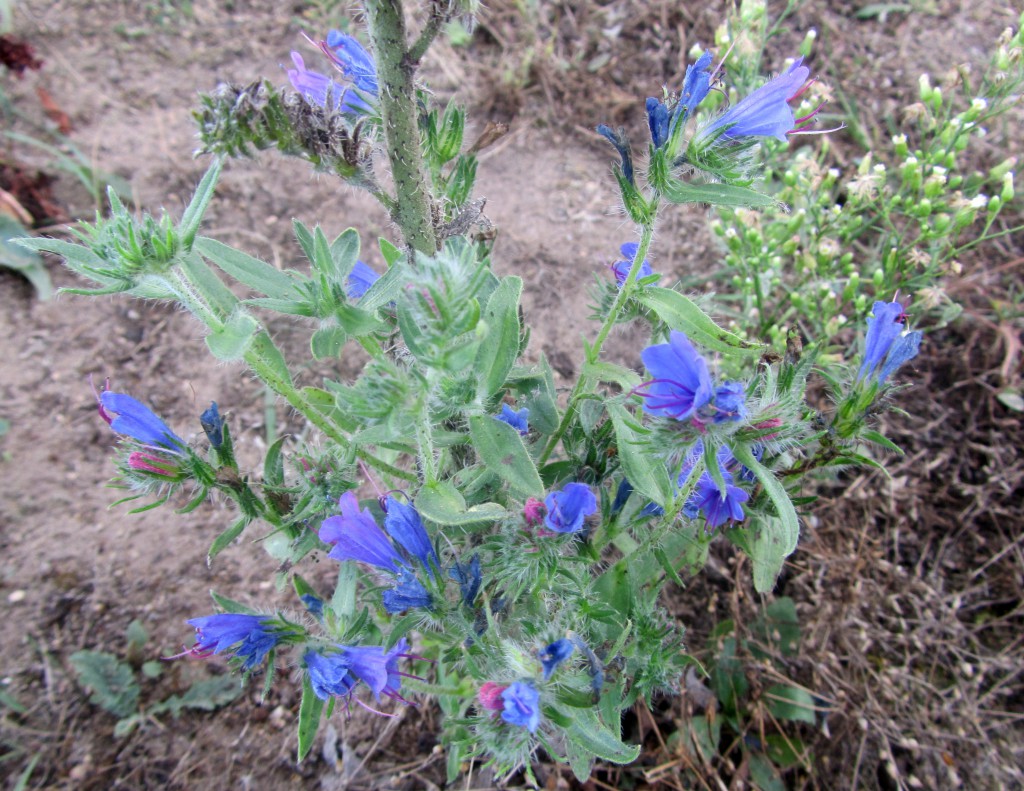













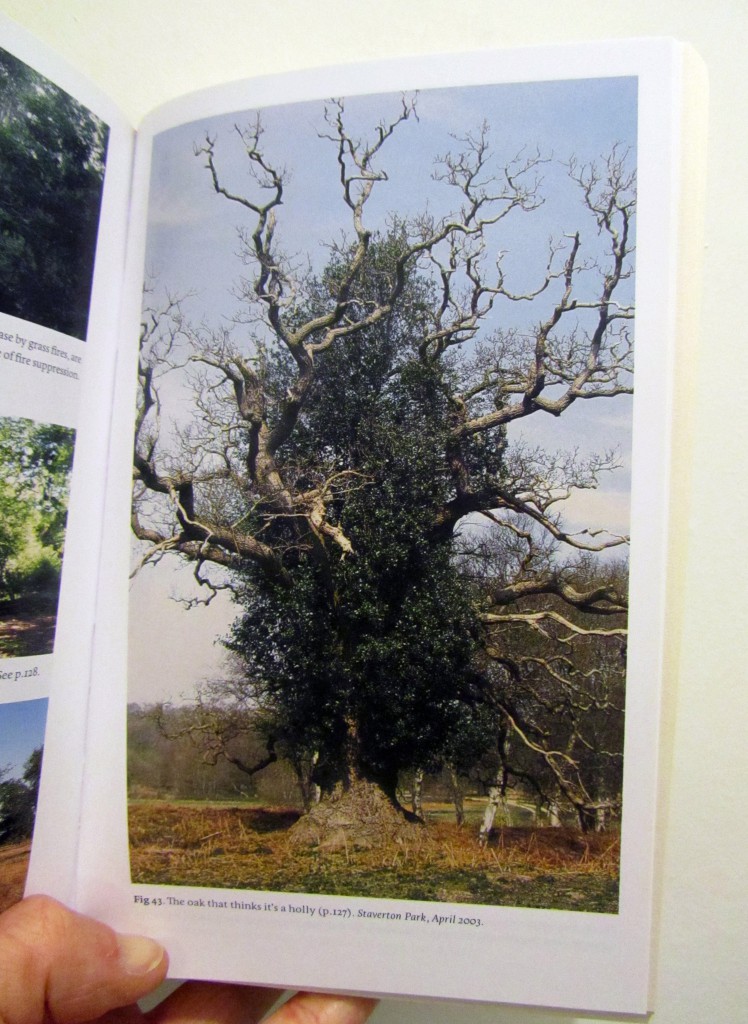

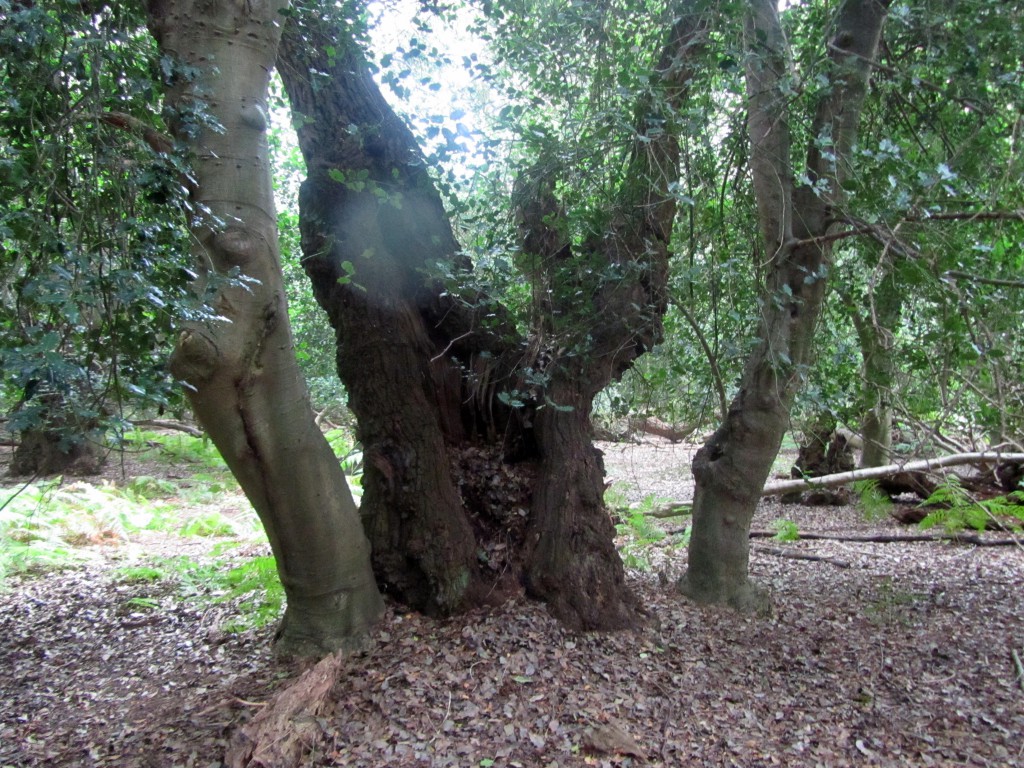





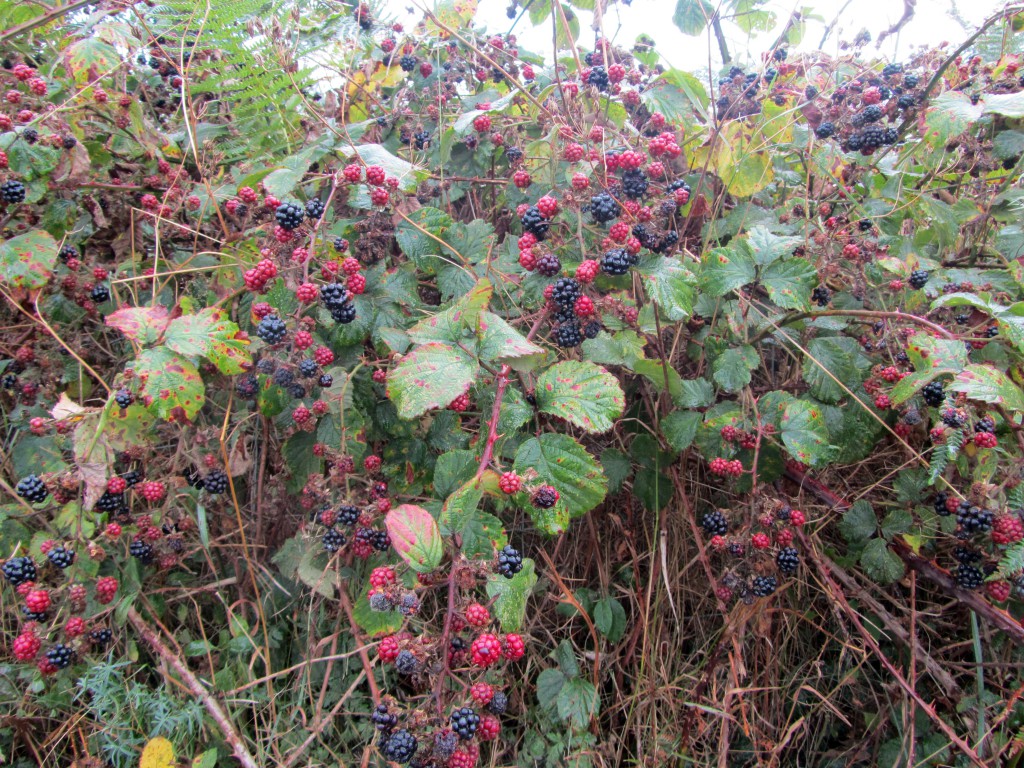

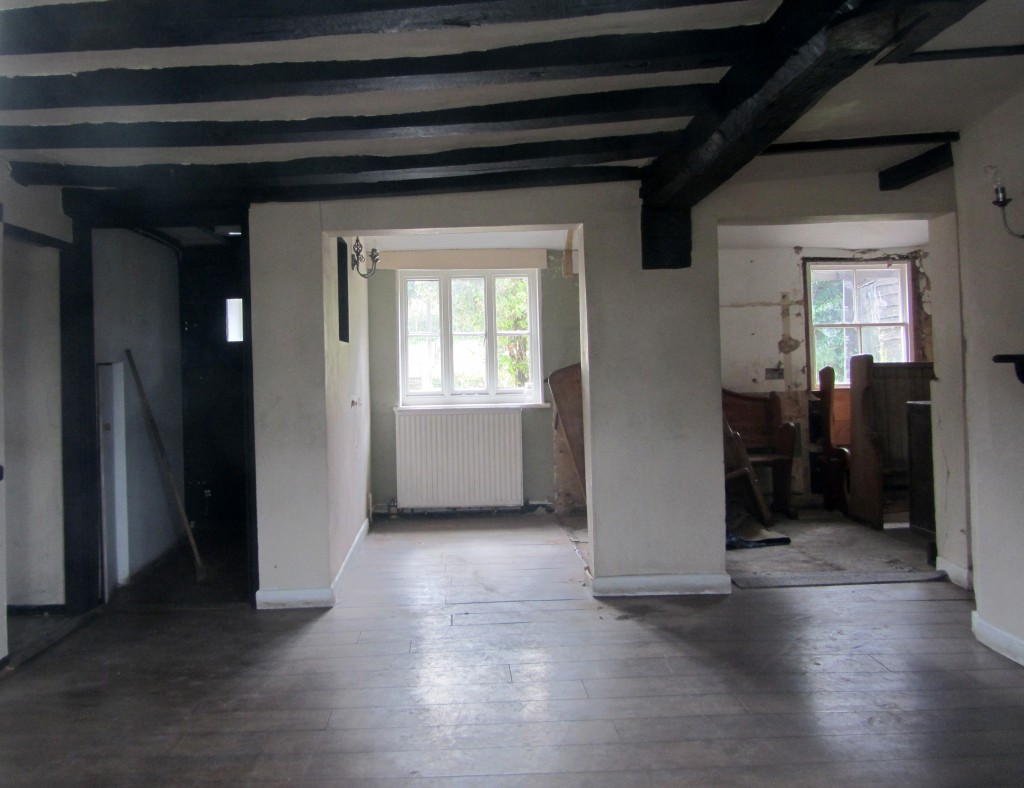











What a shame the sun didn’t shine for you. It is an amazing place. Did you see those WW2 relics? (not sure what they are but you can see a pic of them on the link you’ve posted). Maybe you have to get deeper into the wood. Your post has brought back fond memories…but now I couldn’t be further away!
I’ve got to get back there someday soon. It looks like I missed a lot. Maybe an open day visit with the Ancient Tree Forum is a good idea.
Great Chris! so glad you made it and also experienced the lost kingdom of Wantisden. The private signs you saw are apparently down to a grumpy local land owner, I just ignored them.
I first walked in Staverton Thicks almost twenty-years ago. It is quite something to behold. I marveled at the ancient trees and the holly that surrounded the oaks and often intertwined or even grew out of the oaks. The woodland is also home to the tiny Muntjac deer, of which I saw many.
It’s an intriguing place. I felt we didn’t give it enough time. It was raining and we were a bit aimless. I long to go back.
FYI-The Butley Oyster will be re-opening next year. See https://www.facebook.com/butleyoyster/
Excellent! This is good news. I think we need to return to Staverton Thicks in 2017. All the very best for the new venture.
The pub at Butley is now open and thriving. There is even a village shop and 21 seater cinema! Definitely worth a return visit.
Thank you! It feels like it’s time we came back.
thanks for info and Photos …Moved up from Epping Forest 2 years ago and MISS ancient woodland…Will be getting up there with the dogs xxx Thank You xxx
Cheers David, I hope you enjoy it as much as Epping Forest – that’s a great photo!
hello there, I recently re-visited Staverton thicks and failed to find one of my favourite bits – the boardwalks. I see that you’ve photographed them in your blog and wondered if you had any info on what has happened to them? Maybe I just didn’t find that bit I don’t know – but I did a lot of searching.
Thanks Marie. The boardwalks were on Wantisden Lake to the north of Staverton Thicks, but that was a while ago. Maybe they’re no longer there.